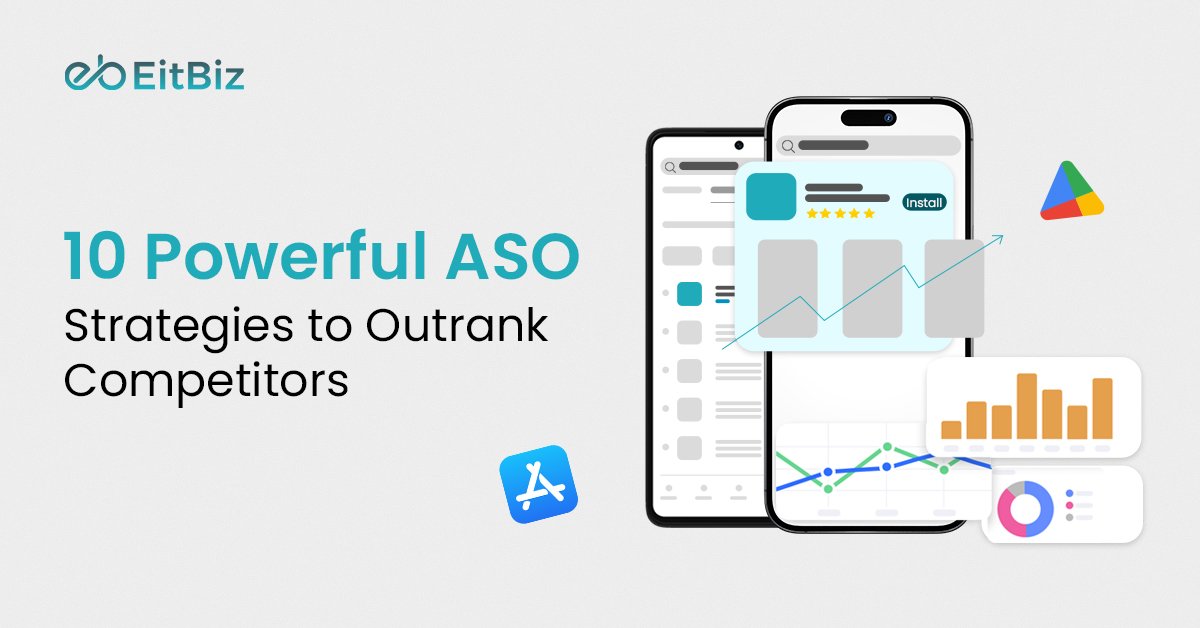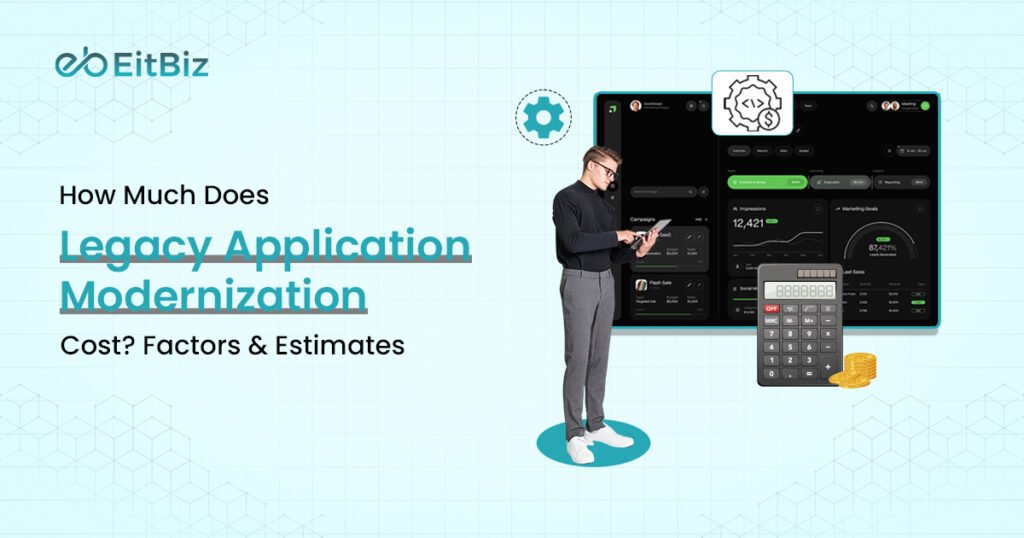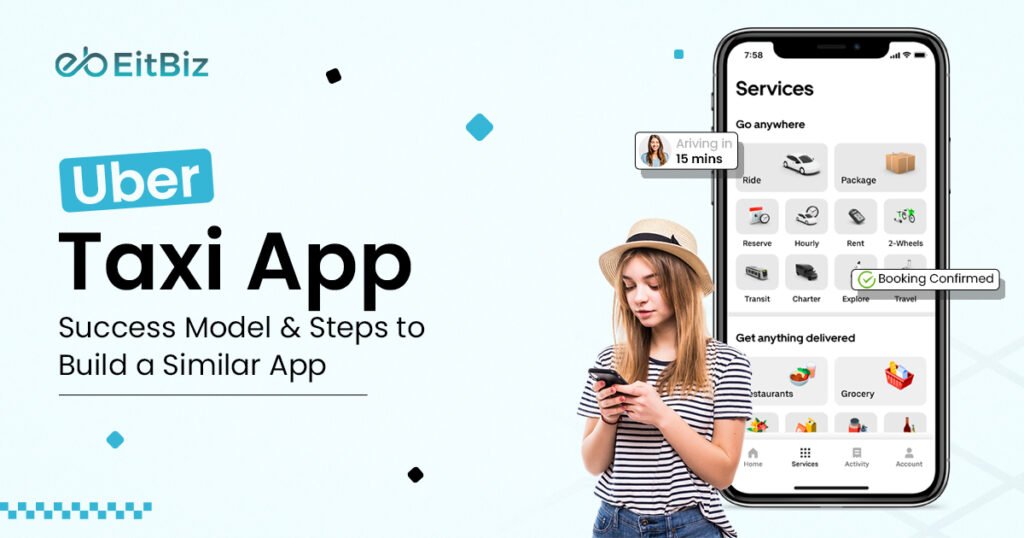Hey there!
Imagine you’re launching your awesome new app, maybe it’s a fun game, a productivity tool, or a lifestyle companion- and you’re staring at the app stores thinking, “How do I get anyone to even see this thing?”
You’re not alone!
Every day, thousands (maybe millions) of new apps vie for attention.
That’s where ASO strategy comes in.
Think of ASO optimization like SEO for apps: it tweaks your app’s listing, boosts visibility, grabs attention, and leads potential users straight to your download button.
Did you know?
ASO strategy statistics show that ASO significantly boosts app downloads, with one study revealing a 12% average increase on Google Play and 9% on the App Store for games implementing effective strategies.
I’ll walk you through 10 powerful ASO strategies that feel approachable yet pack a punch. Stick around, your next hit app might just come from these smart moves.
1. Nail Your Keyword Strategy
Why it matters
Keywords are your beacon in crowded app stores. Put the right ones in your title, subtitle, or description, and the app store algorithm lights your app up in relevant searches.
How to approach it
- Use keyword-research tools (like App Annie, Sensor Tower, or Mobile Action) to spot high-volume keywords that match your app’s purpose.
- Don’t guess; rely on data.
- Mix broader, high-traffic terms with long-tail, less competitive phrases.
- Place your most important keyword in the title/subtitle that’s prime real estate.
- Include a handful of relevant keywords naturally in your short and long descriptions (for Google Play, in particular).
Quick tip
Don’t ignore competitor keyword lists. Analyze your top three rivals, see which keywords they rank for, and tap into the ones that align with your app.
2. Craft a Thumb-Stopping Title and Subtitle
Your title is the first thing people see; make it count. The subtitle (on iOS) or short description (on Android) is your second shot to win attention.
How to approach it?
- Keep your title clear, descriptive, and under the character limit (typically 30 characters).
- Incorporate your strongest keyword if it fits naturally.
- Use the subtitle/short description to expand context, mention your app’s main benefit or unique angle.
- Aim for clarity over cleverness, “Run Faster: AI-Coach App” beats cryptic titles like “StrideZen.”
Quick tip
Try an emotional or benefit-driven angle: “Meditate Better, Stress Less: CalmMind, emphasize what the app does for people.
3. Design an Irresistible Icon
The icon is your handshake; it needs to be friendly, eye-catching, and reflective of your app. An unclear or dull icon can kill potential interest instantly.
How to approach it?
- Keep it simple; avoid overcrowding.
- Use bold shapes and colors that stand out against backgrounds.
- Reflect your app’s function or branding—think “sound waves” for a music app or a rocket for a productivity booster.
- Iterate and test icon variants (more on that later in A/B testing).
Quick tip
Look at category conventions, game icons often feature characters or vivid scenes; utility apps lean toward minimalism. Find a visual “sweet spot” between fitting in and standing out.
4. Show Off with Engaging Screenshots and Video
Screenshots and preview videos tell users, “This app can do what you need.” They can sway download decisions far more effectively than text or words alone.
How to approach it
- Lead with a screenshot of the app’s strongest feature or main interface.
- Overlay minimal text or captions that highlight benefits (“Track Calories in 5 Secs,” “One-Tap Goal Setting”).
- Use high resolution, matching aspect ratios for the platform.
- For video previews, show real in-app use with crisp narration, brand colors, and a strong call to action.
Quick tip
Highlight the “WOW moment” up front, maybe an impressive animation, an instant save calculation, or a before-and-after effect. Let the visuals speak for themselves.
5. Harness Ratings & Reviews Strategically
Higher average ratings and smart responses to reviews build trust and can improve your store ranking, especially in Google Play.
How to approach it
- Ask for reviews at moments users are happiest (e.g., after completing a task or winning a level).
- Don’t overwhelm: one prompt per user is usually enough.
- Respond to reviews quickly – thank users for praise; address issues politely and offer help.
- Fix common bugs or complaints, then follow up via updates or a response to show action.
Quick tip
Tag your update notes with “Thank you for your feedback!” when you’ve addressed issues raised in reviews. Users notice when their voices shape your app.

6. Keep an Eye on Localization
Localizing your ASO strategies to rank apps unlocks global markets. Furthermore, get more downloads, higher reach, and an edge over competitors who only target one language.
How to approach it
- Translate your title, subtitle, description, keywords, and in-app metadata (like screenshots overlays) for key markets.
- Use local keyword research tools to understand searching habits by region.
- Consider cultural preferences, including what resonates in the U.S., might flop in Japan.
- Prioritize languages based on user growth potential—start small if needed, expand gradually.
Quick tip
Even basic localization (just translating the title and subtitle) can boost visibility and downloads significantly in some markets.
7. Use A/B Testing to Sharpen Your Assets
A/B testing gives you cold-hard numbers on what sticker, icon, or screenshot performs best—saving you costly guesswork.
How to approach it
- On iOS, use Apple’s built-in Product Page Optimization. On Google Play, use Store Listing Experiments.
- Test one variable at a time (e.g., new icon vs. old icon, or screenshot A vs. screenshot B).
- Let tests run long enough to gather meaningful data, usually a few thousand impressions at least.
- Pick the winner based on higher install rate or engagement, then roll out a winning asset.
Quick tip
Mix bold things like a totally new icon with smaller tweaks like text phrasing to learn both big and subtle improvements.
8. Optimize Your App Description for Readability
Users may skim before downloading, and both app store editors and algorithmic crawlers read your description. Striking the right tone and structure is key.
How to approach it
- Start with a compelling one-liner (benefit-driven tagline) just under the fold.
- Use bullet points to list key features (example: “Syncs across devices”, “Offline mode available”).
- Keep paragraphs short (2–3 lines max).
- Include naturally placed ASO techniques keywords.
- End with a strong call to action: “Download now and start simplifying your life.”
Quick tip
Think of your description as both a pitch and a roadmap. It gives people quick clarity and appeals to the algorithm subtly when done right.
9. Track and Analyze Your Performance Metrics
Without data, you’re flying blind. You need regular check-ins on impressions, installs, conversion rates, and keyword rankings to see what’s working.
How to approach it
- Use analytics tools like App Store Connect, Google Play Console, Sensor Tower, or App Annie.
- Monitor metrics: impressions → taps → installs (conversion funnel).
- Track keyword ranking shifts – especially post-asset changes.
- Record A/B testing results, update notes, and algorithm changes so you can correlate cause and effect.
Quick tip
Create a simple dashboard or spreadsheet with daily/weekly snapshots. Trends over time can hint at broader shifts like seasonal spikes or algorithm tweaks.
10. Promote Timely Updates and Feature Rollouts
Frequent, meaningful updates tell users (and the app stores): “This app is fresh, active, and improving.” It also gives you more opportunities to attract attention via “What’s New” notes.
How to approach it?
- Release updates every 4–6 weeks (or sooner for hot-fixes or features).
- Tie your “What’s New” copy to updates, emphasize benefits (“Now 2× faster sync,” “New dark mode for night-time use,” “Bug fixes for smoother play”).
- Align major updates with holiday seasons, trending topics, or key events.
- Consider launching special seasonal feature(s) and advertising them in your screenshots or description.
Quick tip
“Bug fixes and performance improvements” is fine, but adding a friendly line like “Thanks for your feedback, this update speeds things up for you!” feels more personal and thoughtful.
Final Thoughts
So, there you have it! That’s a wrap on 10 powerful app store optimization strategies ready for you to put into action. From keywords to icons, ASO strategy services, data tracking, and localization, these tips work best when combined.
If you’re serious about scaling your app and want expert hands to guide you, EitBiz can help. With years of experience in ASO strategy services and mobile development, their team knows exactly how to boost visibility, downloads, and revenue.
With years of experience in mobile app development and App Store Optimization (ASO), their team knows exactly how to craft strategies that boost visibility, downloads, and revenue. Whether you need keyword research, compelling visuals, or performance tracking, EitBiz provides end-to-end support to help your app stand out and outrank competitors.
To learn more, simply visit EitBiz today, or you can call us at +1(317)463-7064.





